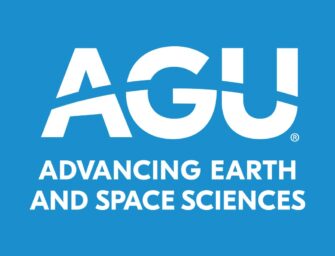It’s not what you say, it’s what they hear
During the course of my career, I have received many valuable tips for delivering effective talks and presentations. One I’m sure you are familiar with is, “Communication isn’t what you say, it’s what they hear.”
Another I picked up during the advance executive program I took at the Kellogg School of Management. As the professor prepared us to participate in a mock crisis communications exercise, he/she said, “When you go into your groups to prepare a press conference to respond to [your scenario] I want to you to think about the differences between your background and the readers of your story. You are masters or doctorate prepared, reading The Wall Street Journal and The New York Times. The readers will likely be high school educated, receiving news from local radio and TV stations. You need to appeal to their interests and emotions, and use words that will resonate with them, not words that would resonate with you or appeal to your interests and emotions.”
These tips also apply just as much to communicating science to non-scientists as they do to business or other types of communications, and last night I heard another fascinating approach during a National Academy of Sciences lecture given by Alan Alda.
While he may be most known for his acting, Alan Alda is also a science geek who is so interested in gaining public commitment for science that he has started the Alan Alda Center for Communicating Science. Convinced that scientists have stories of critical importance that need to be told, he provided several examples for using the emotions associated with the phases of love (attraction, infatuation and commitment), combined with improvisational theater techniques, to demonstrate how scientists can captivate an audience and unleash their interest, enthusiasm and passion for research and its societal benefits.
Being a “left brain” person myself, I was somewhat skeptical at first . . . but then he showed before and after video clips of researchers who have been educated in using these techniques. The difference was remarkable. The before was dry, full of terms the audience didn’t understand, and with no visible cues of passion and excitement, but the after was engaging, with understandable terminology and visible facial expressions of excitement and passion.
We know how important it is for scientists to share their knowledge and passion with society, and these are just a few examples of the ways you can make yourself a more effective communicator. AGU has lots of tools to assist you in communicating your science, whether it be to the media, a community group, or even a policy maker. You can check out our tools tips and resources on the Sharing Science website, and while you’re there, consider joining the growing network of your colleagues who are using these techniques to inspire others to marvel at, engage with, and support public investment in the wonders of Earth and space science.




There are no comments
Add yours